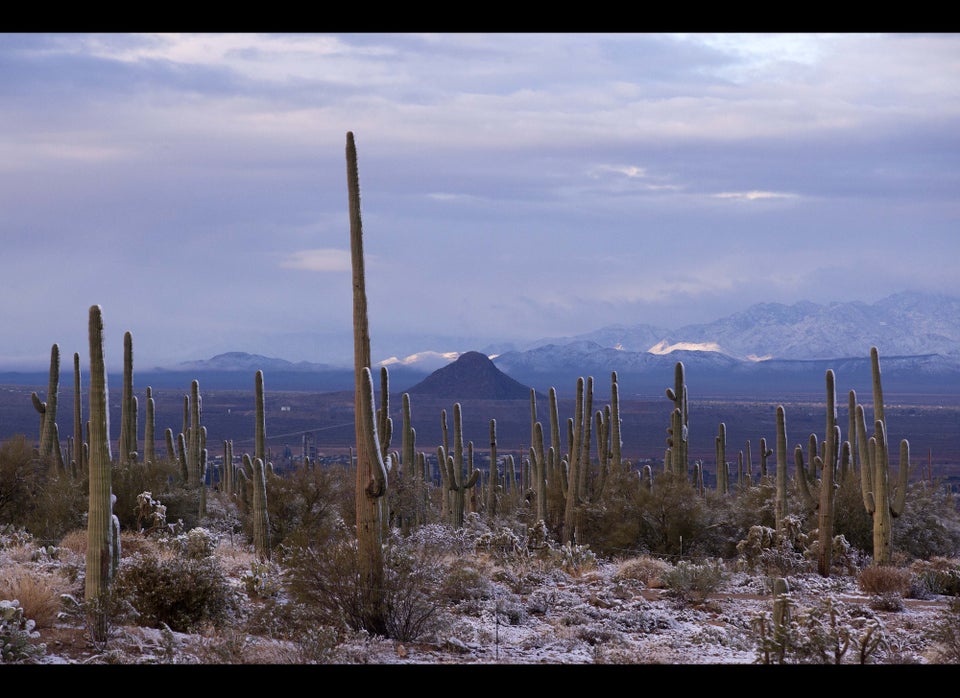As residents in several Colorado counties have already begun voting on the 51st state of "North Colorado" proposal, another plan that would strengthen the political arm of the state's rural regions while also keeping the state whole is gaining momentum.
Two proposed plans are calling to amend the Colorado constitution for reapportionment so that lawmakers are elected by county instead of by population.
The Phillips County Proposal and the Sonnenberg Plan are designed to increase rural representation in the state House and Senate, while possibly helping solve the reasons that at least 10 northeastern counties had sought secession in the first place, according to a report by The Greeley Tribune.
"As long as something changes and gives us some voice in what happens in this state, there is more than one way to skin a cat," Phillips County administrator Randy Schafer said to The Denver Post.
While the Phillips plan was proposed earlier this year in July, the Sonnenberg Plan is a newer proposal that would actually keep the number of Colorado state Senators at 35 members while still adding more clout.
According to state Republican Rep. Jerry Sonnenberg of Sterling, the Sonnenberg Plan would apportion one senator for each of the six largest counties (by size, not population) and pair off the leftover counties into two with one senator for each set. So, two smaller rural counties would share one state senator instead of having a senator by districts that are drawn by population.
Voters in 11 Colorado counties voting on the 51st state issue are not being asked if they wish to secede, but rather if they wish their county commissioners to pursue the idea of secession further. The secession plan is largely regarded as symbolic, since the new state would have to be approved by the state legislature, the governor and the U.S. Congress.
The shifting demographics are at least partly to blame, according to Bloomberg.com.
“Colorado is a perfect example of demographic change leading to political change,” Seth Masket, a professor of political science at the University of Denver, told Bloomberg News recently.
A visit by Colorado Governor John Hickenlooper (D) last week that was meant to bridge a gap of sorts as well as give an update on the flood recovery efforts may have even ended up validating the secession effort to some extent.
“We didn’t do a good enough job of making sure the people got the facts," Hickenlooper said of the new gun control and rural energy laws that helped fuel talk of secession. “If that many people feel that we didn’t pay attention, then shame on us. Maybe we didn’t pay attention."
